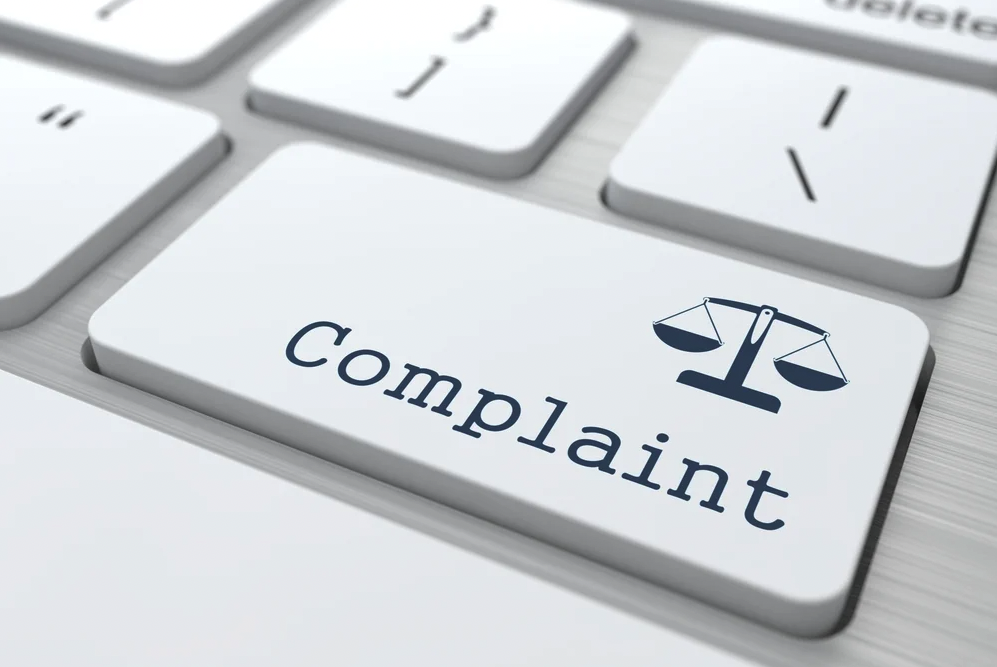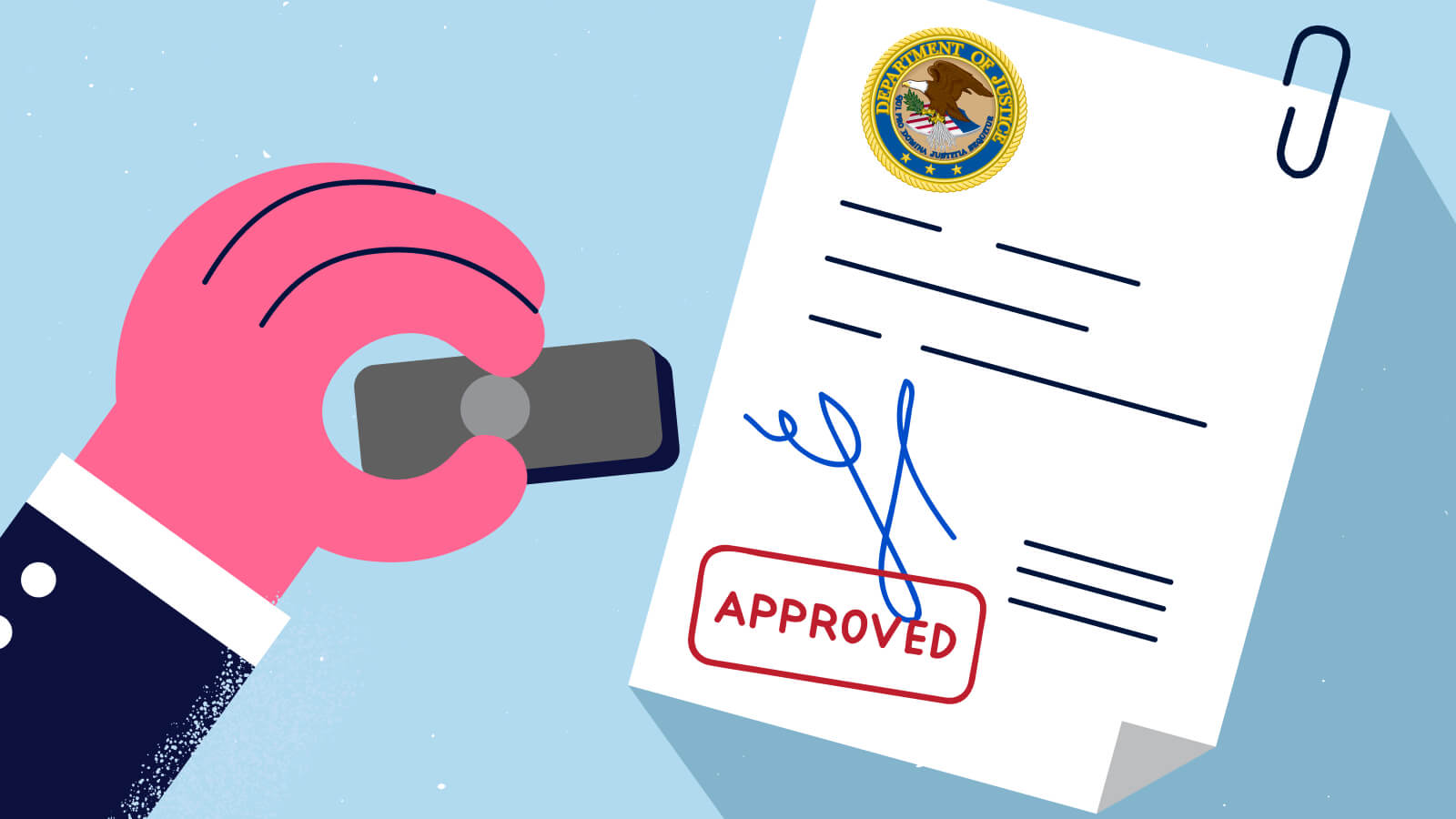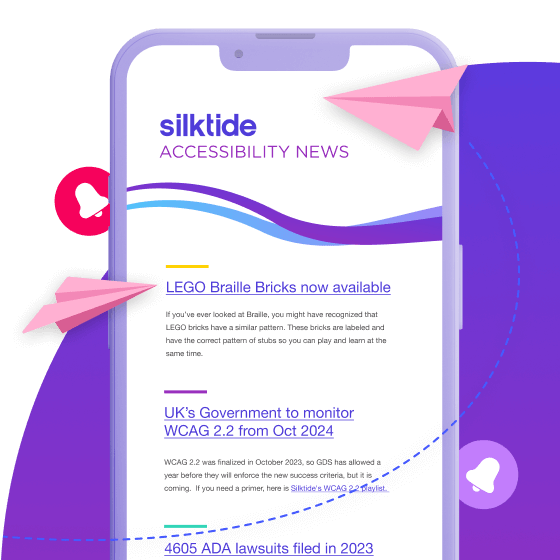The DOJ has finally included websites in the ADA but failed miserably to define any actual accessibility standards to work towards. How does this affect you?
With lawsuits around web accessibility on the rise and some confusing new guidelines from the Department of Justice, it’s important to have a good understanding of the Americans with Disabilities Act so that you can be confident that you’re covered. In this article, we’ve stripped out the legal jargon and written things in plain English to make it easier.
I’m a complete layman when it comes to the intricate details of the law, particularly with all of the legal jargon, abbreviations, and terms that I’ve only ever heard in an episode of Suits. But when it comes to web accessibility, lawsuits across the US are on the rise.
Etsy has recently experienced a class action lawsuit for allegedly violating the Americans with Disabilities Act (ADA) and the number of lawsuits on accessibility has risen by over 250% over the last 5 years.
But understanding the legal requirements for web accessibility can feel like a daunting task. So, I’ve brandished my gavel and translated all you need to know about the legal requirements for web accessibility in the US (generally).
A quick disclaimer: Laws can often change and while I’ll try to keep this article as up-to-date as possible, this article is for informational purposes and cannot be considered legal advice.
The Americans with Disabilities Act (ADA)
In case you’re unaware, the ADA protects the rights of people with disabilities to access stuff that should be accessible to everyone equally. This “stuff” includes;
- Access to employment
- Access to state and local government services
- Access to places of public accommodation
- Access to transportation
The main purpose of the ADA is to make it so that people with disabilities are not discriminated against and denied things that someone without a disability has easy access to.
The ADA covers all sorts, not just website accessibility, so it’s not exactly a quick and easy read. Of course, I’d recommend you familiarize yourself with it anyway. The ADA is enforced by the Department of Justice (DOJ) and for years they’ve been working on new guidance around website accessibility since so many people rely on the web in today’s world.
But things can get a bit confusing. There’s a clear understanding of what should be considered a “disability” but when it comes to terms such as “public accommodation” it’s a little more unclear. Can some websites be considered public accommodation? Well, maybe.
Some courts have decided that for something to be considered public accommodation, it needs to include a physical place. However, most of these rulings were made before the boom of eCommerce, particularly following the global pandemic.
New guidance
However, the DOJ has released new guidance in March 2022 that changes this, and writes as follows:
“In recent years, a multitude of services have moved online and people rely on websites like never before for all aspects of daily living.”
Hence, “the Department has … taken the position that the ADA’s requirements apply to all the goods, services, privileges, or activities offered by public accommodations, including those offered on the web.“
So what does this really mean? Well, it essentially means that anything accessible to the public such as goods and services should be equally accessible to anyone with disabilities regardless of whether the place of sale is physical or online.
So, just like you’d install a wheelchair ramp at your physical store, you need the digital equivalent for your eCommerce website.
So what aspects of web accessibility should you pay attention to?
In the new guidance, the DOJ does offer some examples of website accessibility issues that are problematic under the ADA. While this is useful, it’s not an exhaustive list. This means that you could still be violating the ADA even if you have paid close attention to the web accessibility examples offered by the DOJ.
These examples include:
- Poor text color contrast can make it difficult for moderately-visually-impaired people to read
- Use of color alone to give information that color-blind people cannot read or ascertain
- Lack of text alternatives (“alt text”) on images such that blind people cannot understand the content and purpose of pictures, illustrations, and charts.
- No captions on videos that people with hearing impairments may not be able to understand.
- Inaccessible online forms that do not convey clear instructions or error indicators telling the user a form field is missing or incorrect.

The muddled bit
For the most part, this might all be clear enough to you. But it gets a bit muddled. Unlike it has for other aspects of accessibility under the ADA, the DOJ has not set out any detailed standards for web accessibility.
This means that organizations can’t be certain how they’ll ensure that the goods or services that they provide online will be accessible. While the DOJ does identify some existing technical accessibility standards such as the Web Content Accessibility Guidelines (WCAG), there’s no indication as to a definitive list of web accessibility standards that must be followed.
Recently, Democratic senators have been asking the DOJ to define clear and enforceable standards to reduce the risk of excluding people with disabilities from online and digital services. Although the DOJ has stated that the ADA applies to digital spaces, the argument here is that without “specific requirements or technical compliance standards” then it’s going to be slow to see meaningful change.
So is this a good thing?
I’m on the fence. Even among the Silktide team, there are disagreements on whether the lack of any clear standards provided by the DOJ is good or bad. On the one hand, I think that it forces a lot of organizations to do the research around accessibility and understand what they can put in place to make for a more accessible website. Otherwise, organizations may just focus on doing the bare minimum and box-ticking in order to avoid getting sued.
However, without a clear understanding of what needs to be improved for a website to be considered accessible, or whether a website is required to comply with the ADA in the first place, there’s a good chance that a substantial public lawsuit could be unfairly filed against an organization.
Technology and the web are constantly changing. New tools, AI, and better development standards all mean that some new web features that are considered inaccessible could have huge ramifications for organizations of all sizes. Though, you could argue that any of these new features and ideas should be made and released with accessibility in mind in the first place.
My advice is the same as my Grandmother’s: “Better safe than sorry”. Cover your back and make accessibility a priority. Not only will you be happy to avoid any lawsuits, but you’ll simply be doing the right thing by not excluding disabled users from accessing your website.
If you need a hand with managing accessibility across your whole web estate, we can help. See Silktide’s platform in action.

